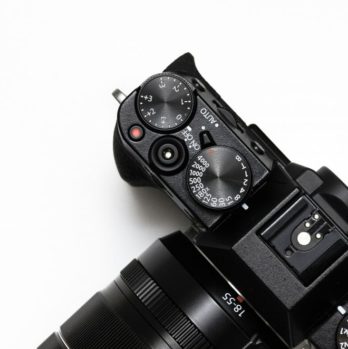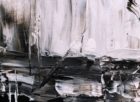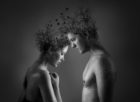Fashion Illustration: An In-depth Look into the Artform
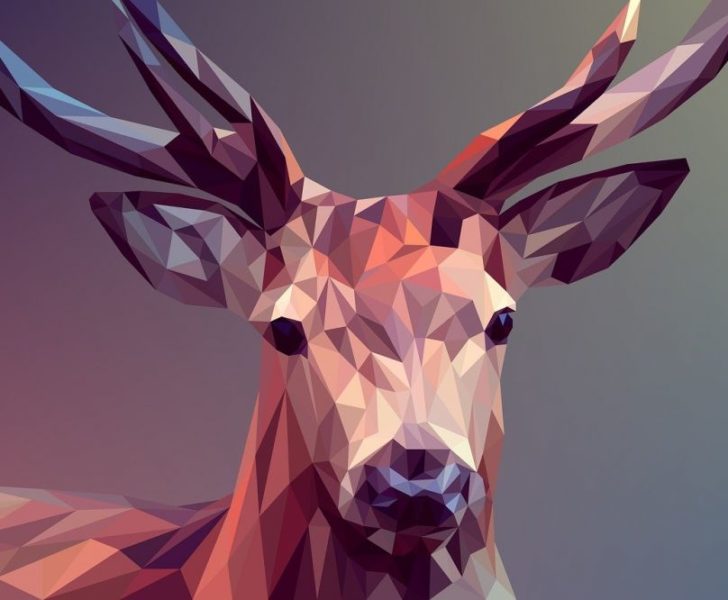
Introduction
Fashion illustration is a captivating art form that beautifully combines fashion and creativity. It is a visual representation of clothing and accessories that not only showcases the latest trends but also brings them to life through the stroke of a brush or pencil. In this article, we will delve into the world of fashion illustration, exploring its various types, popularity, quantitative measurements, differences between styles, and a historical overview of its advantages and disadvantages.
An Overview of Fashion Illustration
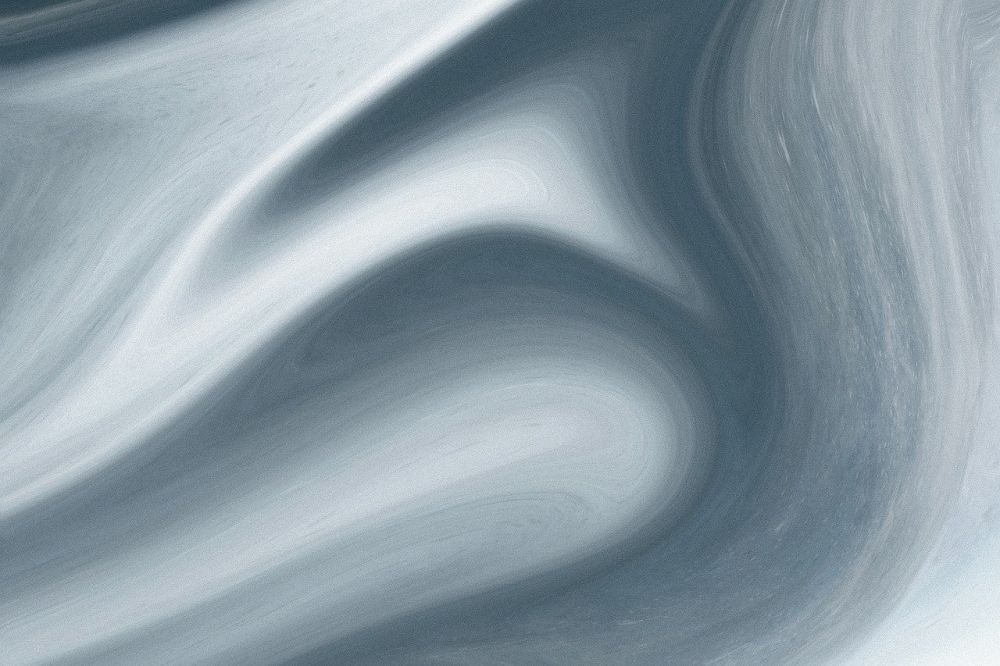
Fashion illustration is the art of illustrating clothing and accessories. It serves as a medium to depict designs, patterns, and textures, enabling fashion enthusiasts to visualize the aesthetic appeal of the garments. This artistic representation often appears in fashion magazines, advertisements, and social media platforms, enticing viewers with their elegance and flair.
A Comprehensive Presentation of Fashion Illustration
There are different types of fashion illustration, each with its own distinct characteristics and techniques. The most common types include:
1. Traditional Fashion Illustration: This type involves sketching by hand using pencil, pen, or watercolors. It captures the essence of clothing and accessories through detailed illustrations, showcasing the fabric’s texture, drapery, and movement.
2. Digital Fashion Illustration: With the advancement of technology, digital fashion illustration has gained popularity. Artists use computer software and digital tools to create precise and vibrant illustrations. This type allows for easy editing and modification, providing flexibility and efficiency in the creative process.
3. Mixed Media Fashion Illustration: As the name suggests, mixed media fashion illustration combines traditional and digital media. Artists use a combination of techniques, such as hand-drawn sketches enhanced with digital elements, adding depth and variety to their artwork.
Kvantitativa Mätningar om Fashion Illustration
Quantitative measurements play a significant role in understanding the impact and reach of fashion illustration. Here are a few key metrics:
1. Social Media Engagement: Fashion illustrators often showcase their work on social media platforms like Instagram and Pinterest. The number of likes, comments, and shares on their posts serve as indicators of audience engagement and interest.
2. Follower Count: The number of followers an artist has on social media platforms provides an insight into their popularity and influence within the fashion illustration community.
3. Media Reac Fashion magazines and online publications featuring fashion illustrations contribute to the industry’s exposure. Monitoring the circulation and online reach of these publications helps gauge the visibility and demand for fashion illustration.
A Discussion on the Differences in Fashion Illustration Styles
Fashion illustration styles can vary greatly, reflecting the individuality and creativity of the artists. Some renowned styles include:
1. Realistic Style: Artists who employ a realistic style focus on capturing intricate details, such as facial expressions, folds in fabric, and precise proportions. This style aims to replicate the subject accurately, showcasing the designer’s vision with utmost precision.
2. Abstract Style: In contrast to realism, the abstract style emphasizes the artist’s interpretation. It often involves exaggeration, unconventional poses, and unconventional use of color to create a unique representation of fashion.
3. Minimalist Style: Minimalism in fashion illustration embraces simplicity and clean lines. Artists using this style convey the essence of the garment with minimalistic strokes and limited color palettes, allowing the focus to be on the design itself.
A Historical Overview of the Advantages and Disadvantages of Fashion Illustration
Throughout history, fashion illustration has played a crucial role in the fashion industry’s development. Here are some advantages and disadvantages associated with each era:
1. Advantages: In the past, fashion illustrations were a primary means of showcasing designers’ collections. The illustrations allowed for experimentation and creativity in showcasing garments before their physical production. It also offered a tangible documentation of fashion trends and represented artistic expression.
2. Disadvantages: With the advent of photography and the rise of digital media, fashion illustration faced some challenges. The immediacy and accessibility of photography surpassed illustrations’ ability to present garments in a realistic manner. However, fashion illustration continued to flourish as designers and artists found ways to adapt and innovate, offering unique perspectives and artistic interpretations.
Conclusion
Fashion illustration is a captivating art form that has evolved alongside the fashion industry itself. From traditional techniques to digital advancements, fashion illustrators continue to captivate audiences with their creativity and talent. By exploring the various types, quantitative measurements, stylistic differences, and historical significance of fashion illustration, we gain a deeper understanding of this dynamic and visually appealing art form.
Video can be inserted here to showcase the process of creating a fashion illustration, providing viewers with a visual representation of the techniques and creativity involved.
By acknowledging the foundations and embracing the advancements in technology, fashion illustration continues to inspire and influence the world of fashion, capturing the essence of trends and design innovation. Whether in print or online, fashion illustration remains an integral part of the industry, captivating and inspiring audiences around the globe.


